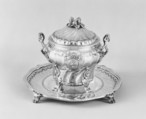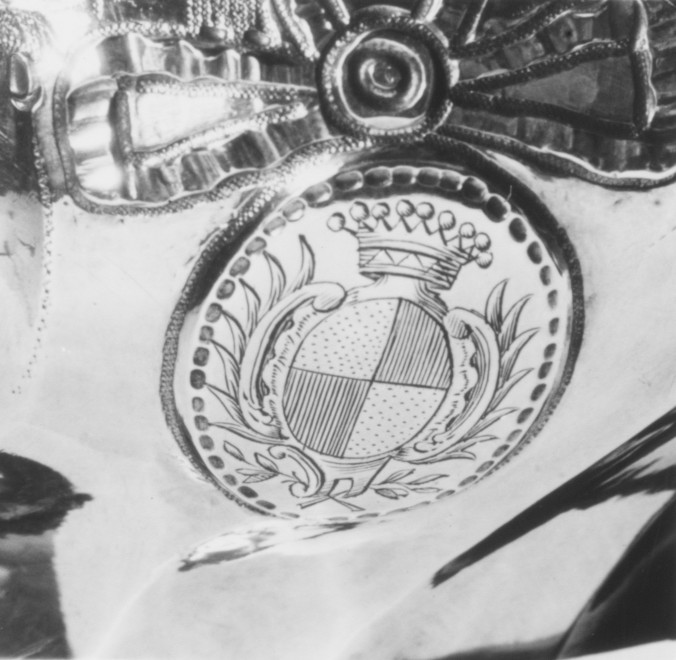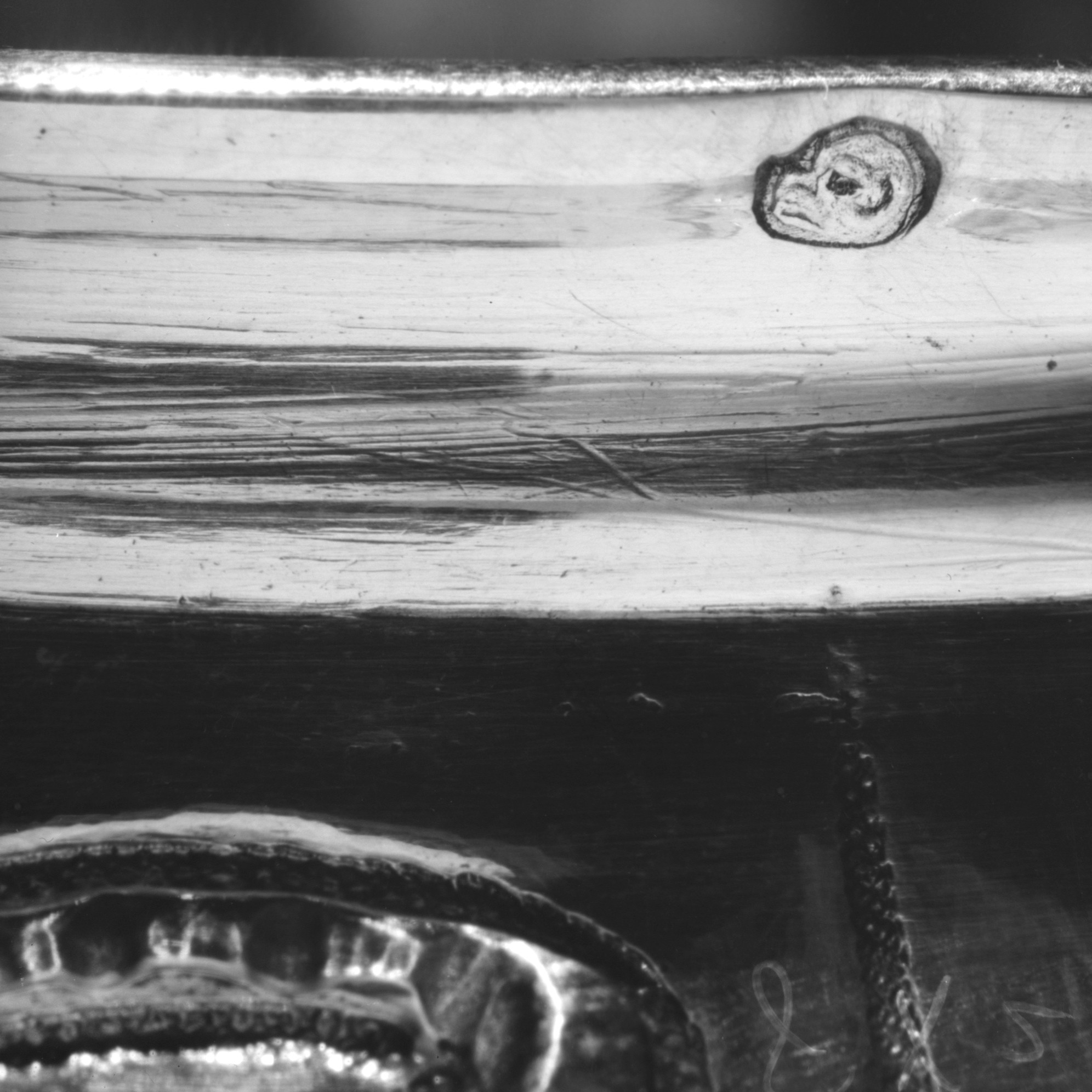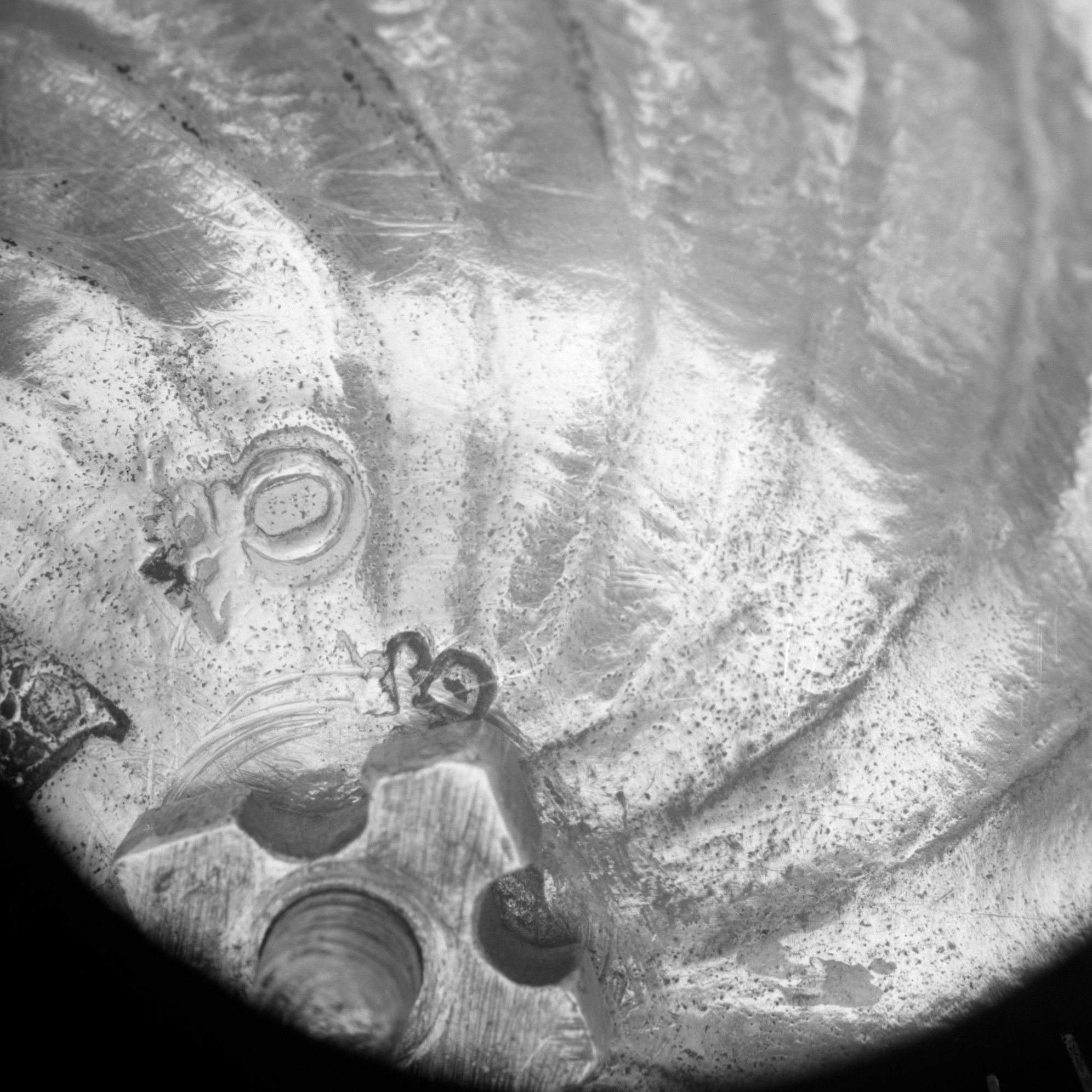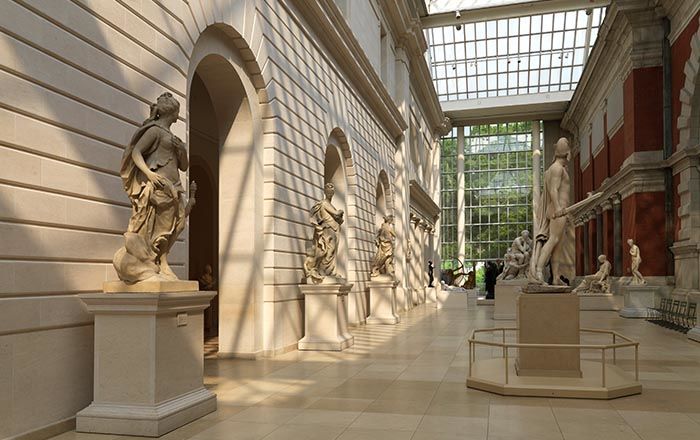Sugar bowl with cover and tray
Alexandre de Roussy, the Younger
Not on view
Europeans regarded sugar as an essential addition to chocolate, coffee, and tea. For tea and coffee, sugar was commonly added once the beverage was poured. Sugar bowls eventually were incorporated into coordinated services. An imported commodity, sugar was expensive in Europe until well into the nineteenth century. Its importance and cost are reflected in this silver bowl and stand executed in the Rococo style.
By the middle of the 18th century, sugar bowls in the form of small, lidded tureens became fashionable. The trays on which these diminutive containers stood have frequently been separated. Here, the decoration as well as the Parisian silversmith’s marking on the bowl, lid, and tray all indicate a complete set. Despite the sinuous curves of the tureen and the matching tray still rooted in the Rococo style, the use of floral swags, wreaths, and ribbons suggest a transition to neoclassicism. The finial is formed by a cluster of strawberries, their sweetness indicates the tureen’s function as a container for sugar.
Daughter of one of the founders of the Weyerhaeuser Timber Company, Catherine D. Wentworth (1865–1948) was an art student and painter who lived in France for thirty years. She became one of the most important American collectors of eighteenth-century French silver and on her death in 1948 bequeathed part of her significant collection of silver, gold boxes, French furniture, and textiles to the Metropolitan Museum.
This image cannot be enlarged, viewed at full screen, or downloaded.
This artwork is meant to be viewed from right to left. Scroll left to view more.
